Meeting “El Gato” and his master….
September 12th & 13th, 2010
After 3 weeks of intense studies on bioacoustics, the ecology and conservation of the southern resident killer whales of the Salish Sea and their prey of choice, Chinook salmon, among many other fascinating aspects of the San Juan ecosystem, the Beam Reach crew for this fall: Dr. Scott Veirs, Dr. Jason Wood, Dr. Val Veirs, Hana, Cat, Garrett, Dave, Meagan and myself, were ready to meet Captain Todd and his great Cat (short for catamaran) the “Gato Verde.”  The ship which will sail us through this great “blue orca domain†is really magnificent and upgraded as an eco-boat with a “silent†biodiesel engine and propellers that harvest energy as they spin. El “ Gato Verde”, a 42′ state of the art catamaran, was named by Captain Todd Shuster as a Spanish equivalent of “green cat”, green (verde) as the boat is run as an eco-ship and seeks sustainability in all aspects, and cat (gato) after the common abbreviation used for catamarans. And so, with a 23′ beam (boat width), a mast 63’ tall (off the water), a large fully-battened mainsail, a jib and a screecher (foremost sail), this great cat can top to speeds of 12 knots under sail (at 50% of wind speed) under ideal wind conditions, reaches 7.2 knots top speed under biodiesel-power and averages a cruising speed of 6.5 knots.
Our main work/research area will be the cockpit where all of our acoustic REC-equipment will be placed during the recordings. During this season will be using a total of 6 hydrophones: 4 on a linear array that trolls behind us attached to the cleat under the stern pulpit on the port side (aft-left), a High Frequency Hyd., also known as the CRT, trolling behind from the starboard pulpit. This arrangement will allow us to record the large range of the orca vocalizations, and, with detailed observations and meticulous data taking, will also let us localize the individual/s emitting the sounds.
The cabin or galley holds our kitchenette, dining and navigation tables (the latter known as the “nav tableâ€), this is indeed the most crowded area of the boat by far, as all of our meals and most of our meetings and clasess, as well as after-hours studying and data-entering takes place here. Our ‘dance’ as a group will be tested by our use of this space out of all other areas.
El gato has 4 cabins accessible from the cabin, 2 inside the starboard pontoon and two in the portside one. Each holds 2 people comfortably. Additionally, there  are two  single/occupancy cabins in triangular shape at the bow end of each pontoon, this are accessible through a hatches on the deck.
As sustainability is a very important component of our course, detailed energy and water consumption as well as “black water†production will be  monitored and recorded each morning. This allows the group and each student to be aware of their impact and ‘carbon footprint’ in a daily basis.
As far as active research on this first day, we learned the general protocol to deploy our hydrophone array and our CRT (high freq. hyd) to test and learn the basics. We also distributed the general daily duties among the crew for the first week.
After this brief description of what our “floating living quarters†for the next 5 weeks will be like, I shall move onto more picturesque accounts of our adventures and research in the Salish Sea.
Thanks for reading.
Fair winds to all.
V V
Read More
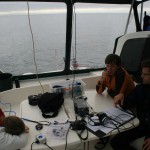
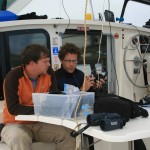
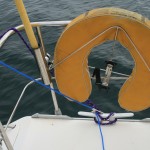
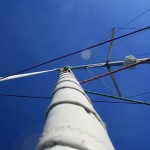
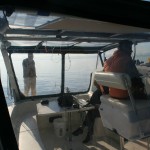
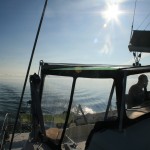
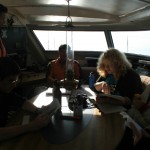
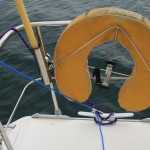
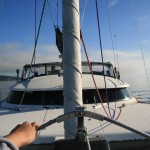
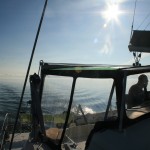
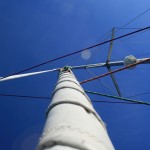


 Twitter
Twitter LinkedIn
LinkedIn Facebook
Facebook